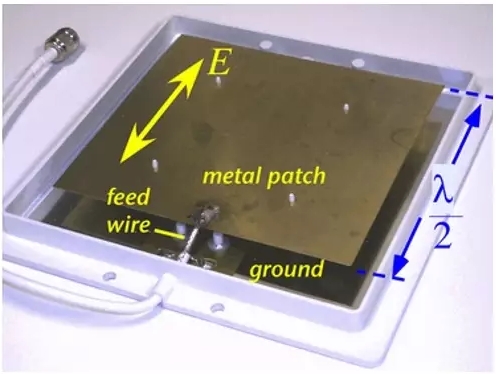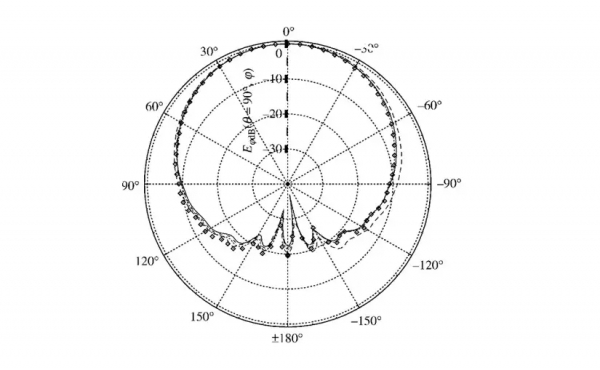
 Data Structure
Data Structure Networking
Networking RDBMS
RDBMS Operating System
Operating System Java
Java MS Excel
MS Excel iOS
iOS HTML
HTML CSS
CSS Android
Android Python
Python C Programming
C Programming C++
C++ C#
C# MongoDB
MongoDB MySQL
MySQL Javascript
Javascript PHP
PHP
- Selected Reading
- UPSC IAS Exams Notes
- Developer's Best Practices
- Questions and Answers
- Effective Resume Writing
- HR Interview Questions
- Computer Glossary
- Who is Who
How does the Microstrip antenna work?
Microstrip antennas are the low-profile antennas. A metal patch mounted on a ground level with a dielectric material in-between constitutes a Microstrip or Patch Antenna. These are very low size antennas having low radiation. The patch antennas are popular for low profile applications at frequencies above 100MHz.
Construction and working
The microstrip consists of a very thin metallic strip placed on a ground plane with a dielectric material in-between. The radiating element and feed lines are placed by the process of photo-etching on the dielectric material. Usually, the patch or microstrip is chosen to be square, circular or rectangular in shape for the ease of analysis and fabrication.

The above shown is the image of a microstrip patch antenna.
The length of the metal patch should be λ/2. When the antenna is excited, the waves generated within the di-electric undergo reflections and the energy is radiated from the edges of the metal patch which is very low.
Radiation Pattern
The radiation pattern of the microstrip patch antenna is broad. It has low radiation power and narrow frequency bandwidth. It has lesser directivity. To have a greater directivity, an array can be formed using these patch antennas.

The Advantages of Microstrip antenna are lighter weight, low cost, and ease of installation, while the disadvantages are inefficient radiation and narrow frequency bandwidth. These Microstrip antennas are used in spacecraft, aircraft and some low profile applications.

